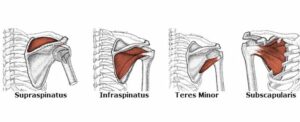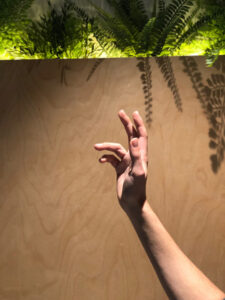Plantar Fasciitis Treatment
Do you wake up in the morning with a sharp pain in the heels of your feet? Does this pain subside after you’ve taken a few steps? You’re probably suffering from Plantar Fasciitis.
So, where exactly is your plantar fascia? Take hold of your foot and pull your toes back. Now run your fingers along the arch of your foot. The rope-like connective tissue that pops out is your plantar fascia. It’s the strongest and longest ligament in your body, stabilising your foot’s arch when you walk.
When the plantar fascia degenerates, it leads to chronic heel pain that we call plantar fasciitis. Doing more activity than normal, exercising when injured, wearing new shoes and even standing for long periods can all cause micro-tearing of the plantar fascia, leading to inflammation and scar tissue formation. More often than not, this will heal if you are off your feet to rest for a while. But if your feet do not get a chance to rest, the tissue will be damaged again as soon as you stand on the feet. That’s why most people feel the strain the first thing in the morning when they wake up.

Here are some of the ways our podiatrists treat patients with heel pain:
- Do an x-ray and/or ultrasound scan of the foot to find out what’s wrong
- Help you find the right shoes to wear and advise on activity/ exercise changes to alleviate symptoms
- Show you how to do specific plantar fasciitis exercises and foot mobilisation for your feet
- Make custom-made orthotics at our in-house laboratory for your shoes to offload the painful area
- Assist with taping and plantar fasciitis strapping techniques – to support the injured area
- Use the Fasciitis Fighter to do strength training exercises on the fascia
- Do shock wave therapy for chronic heel pain
Our podiatrists will take measures to speed up the healing process and ensure your heel pain doesn’t return. They will also recommend strength training exercises once your plantar fasciitis issues are resolved. If you’re suffering from plantar fasciitis, give our clinics a call on the numbers below.


